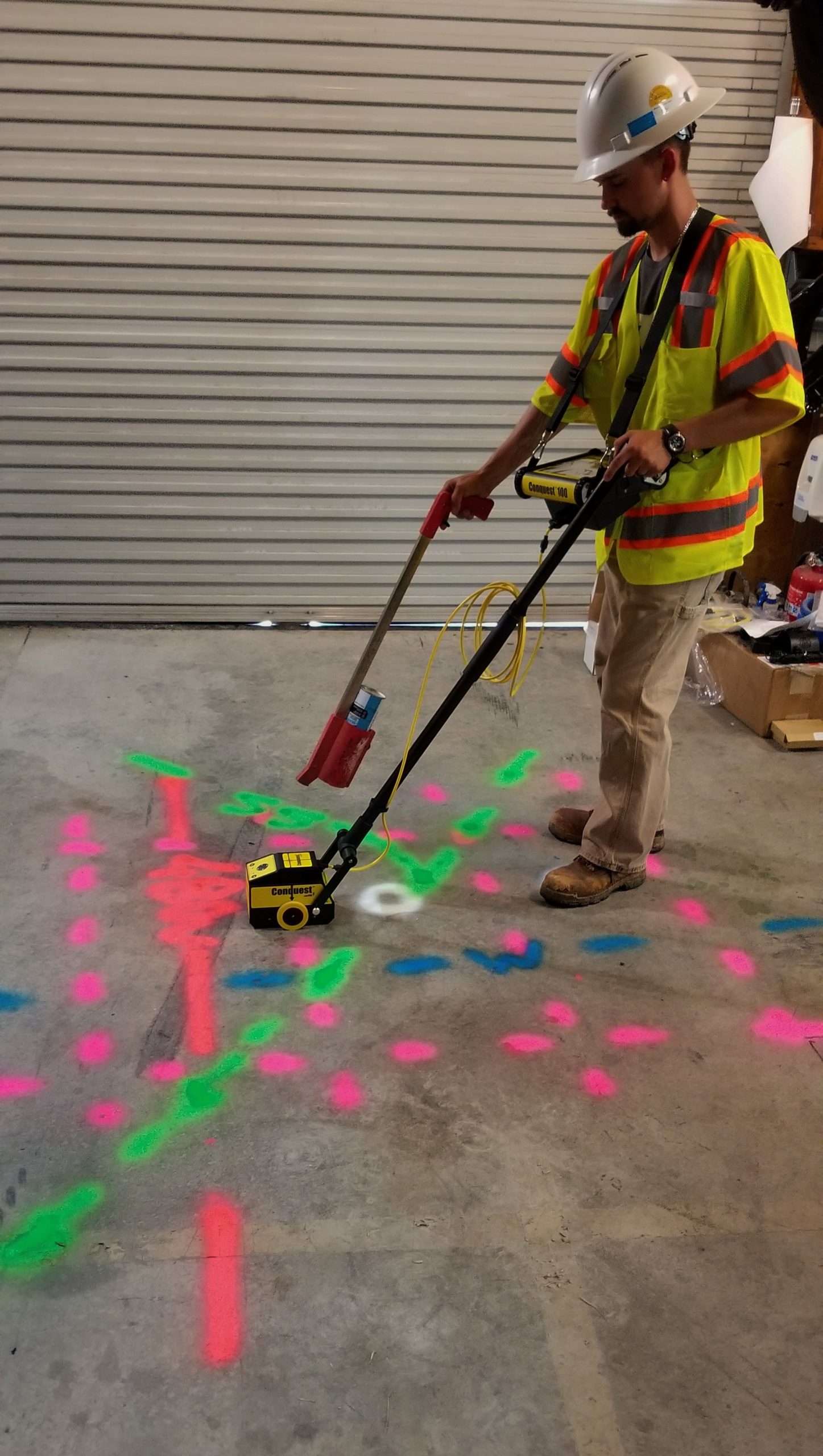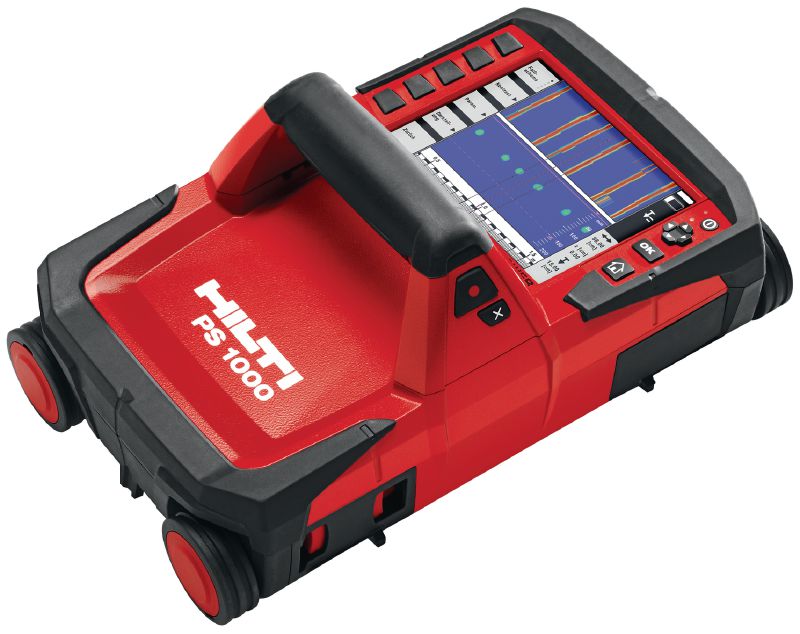RainierGPR Concrete Scanning: Ingenious Solutions for Intricate Jobs
Wiki Article
The Significance of Accurate Concrete Scanning in Detecting Underground Hazards
In the realm of building and framework development, the value of specific concrete scanning can not be overstated. Below the relatively strong ground lie elaborate networks of utilities, pipelines, and various other subsurface structures that are frequently unseen to the naked eye. The capability to accurately identify and map these underground hazards is not just a matter of convenience yet a vital aspect of making certain the security of both building and construction workers and the integrity of the job itself. By deploying innovative scanning technologies and techniques, professionals can reveal covert threats, stop costly damages, and inevitably lead the way for smoother and safer building undertakings.Advanced Scanning Technologies for Detection
Sophisticated radar systems are revolutionizing the field of underground detection by supplying exceptional accuracy and performance. These advanced scanning technologies utilize ground-penetrating radar (GPR) to produce in-depth pictures of subsurface frameworks, supplying insights right into what lies under the surface area with remarkable clearness. By discharging high-frequency pulses right into the ground and gauging the representations, radar systems can determine variations in material composition and discover below ground dangers such as spaces, pipes, and cables.Among the essential advantages of these innovative radar systems is their non-invasive nature, enabling thorough inspections without causing damages to the existing frameworks. This not only ensures the safety and security of the surrounding setting but also decreases the requirement for costly repairs or disruptions to recurring building projects. In addition, the real-time data supplied by these scanning innovations enables fast decision-making and enhances total job efficiency.
Relevance of Subsurface Mapping

Accurate subsurface mapping helps in protecting against pricey problems to existing underground infrastructure, reducing the threat of crashes, and preserving job timelines. It enables project supervisors to make educated decisions concerning site planning, equipment release, and source allocation. Additionally, subsurface mapping permits much better coordination amongst various teams functioning on a project and helps in abiding by governing requirements connected to underground energy discovery.
Mitigating Risks in Building And Construction Jobs
Efficient threat mitigation strategies are essential for making certain the success and security of construction jobs. Identifying and resolving prospective risks before they escalate is critical in preserving task timelines, budget plans, and total high quality. One vital element of mitigating threats in building projects is detailed planning and analysis at the initial phases. Conducting detailed website surveys, consisting of specific concrete scanning for underground risks, can aid in determining possible issues early. Making use of advanced innovations like ground-penetrating radar and electro-magnetic induction can aid in identifying utilities, rebar, or various other obstructions that may present threats find more information during building.Additionally, establishing clear communication channels amongst all project stakeholders and ensuring stringent adherence to safety and security procedures are essential parts of risk mitigation. Regular inspections, quality assurance steps, and tracking of work development can assist in identifying and dealing with any type of emerging risks quickly. Additionally, having contingency plans in location for unforeseen difficulties can considerably decrease the effect of disruptions on the project. By proactively implementing durable threat reduction techniques, construction projects can minimize hold-ups, expense overruns, and security incidents, ultimately bring about effective job outcomes.

Protecting Against Costly Damages and Delays
To decrease economic losses and job obstacles, reliable techniques should be executed to avoid expensive damages and delays in construction projects. Recognizing these blockages early on helps in preparing the project format a lot more efficiently and staying clear of prospective problems during excavation.In addition, purchasing training programs for construction employees on the importance of concrete scanning and secure excavation practices can significantly minimize the risk of delays and crashes. Clear communication networks in between job supervisors, engineers, and on-site employees are also necessary to guarantee that every person understands the prospective hazards and complies with the essential protocols to avoid pricey damages. By prioritizing aggressive measures like concrete scanning and promoting a society of safety and security and awareness, building projects can decrease the financial effect of unanticipated below ground obstructions and avoid expensive hold-ups.
Ensuring Safety And Security of On-Site Personnel
By prioritizing positive actions such as comprehensive training programs and clear communication channels, building jobs can make certain the safety of on-site personnel amidst the possible threats spotted through concrete scanning. Appropriate training furnishes employees with the understanding and abilities Click Here needed to navigate building and construction sites safely, especially when risks are identified with scanning processes. Training ought to cover threat recognition, emergency situation treatments, and the proper utilization of personal protective equipment to mitigate risks effectively.Additionally, establishing clear interaction networks is critical for sharing details regarding determined dangers immediately. This ensures that all on-site workers recognize possible risks and can take essential preventative measures to stay clear of mishaps. Routine safety and security instructions, tool kit talks, and constant updates concerning scanning results help maintain everybody informed and aggressive in keeping a risk-free workplace.
Moreover, executing strict adherence to safety and security methods and policies, conducting normal security audits, and fostering a society of safety awareness among employees are crucial components in making certain the wellness of on-site personnel Our site throughout construction tasks - RainierGPR Concrete Scanning. Positive precaution not only secure workers from damage but likewise add to the general success and performance of the job
Verdict
To conclude, precise concrete scanning plays a crucial function in finding underground dangers. Making use of sophisticated scanning modern technologies and subsurface mapping helps alleviate threats in construction tasks, preventing expensive problems and delays. By guaranteeing the safety and security of on-site personnel, precise scanning can dramatically improve the effectiveness and success of building and construction procedures. It is necessary for construction business to prioritize using accurate scanning techniques to decrease potential dangers and make certain a smooth construction process.By proactively carrying out robust risk mitigation methods, building and construction tasks can minimize hold-ups, expense overruns, and safety and security cases, inevitably leading to successful project outcomes. - RainierGPR Concrete Scanning
To reduce economic losses and job setbacks, effective strategies need to be implemented to avoid expensive problems and delays in construction tasks. By focusing on positive measures like concrete scanning and advertising a culture of security and understanding, construction tasks can reduce the financial effect of unexpected below ground obstructions and stay clear of costly hold-ups.
By prioritizing aggressive measures such as comprehensive training programs and clear interaction channels, building projects can make sure the safety of on-site workers amid the prospective hazards identified with concrete scanning. Making use of advanced scanning technologies and subsurface mapping assists mitigate dangers in building and construction projects, stopping costly damages and hold-ups.
Report this wiki page